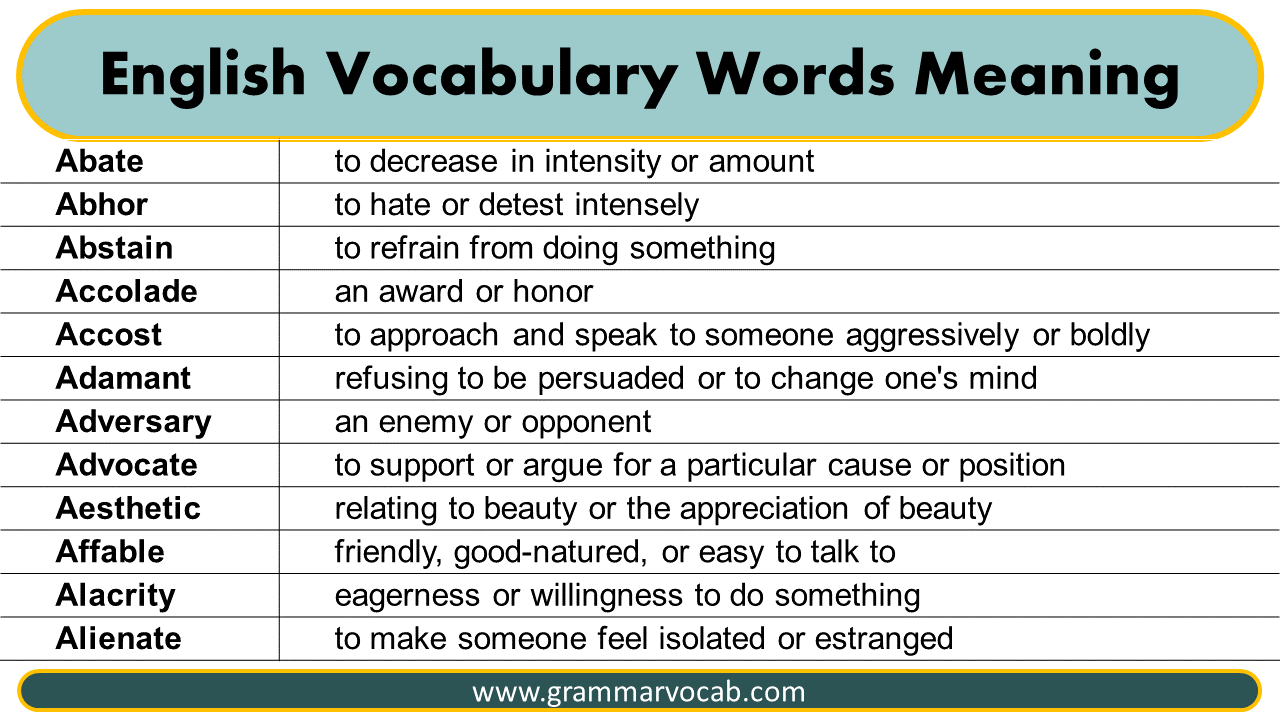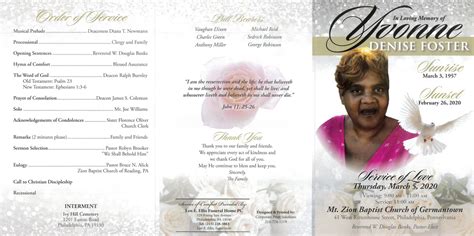The concept of double meaning refers to a phrase, sentence, or word that can be interpreted in two or more ways, often with one meaning being literal and the other being figurative, ironic, or humorous. This phenomenon is also known as a double entendre, which is a figure of speech that uses a word or phrase that can be understood in two different ways, often with one meaning being innocent and the other being risqué or ironic.
Double meanings can be intentional or unintentional, and they can be used in various forms of communication, including language, literature, art, and even music. In language, double meanings can arise from the use of homophones, homographs, or other forms of linguistic ambiguity. For example, the word “bank” can refer to a financial institution or the side of a river, while the word “spring” can refer to a season or a coiled metal object that stores energy.
In literature, double meanings can be used to create complex and layered narratives, where a single phrase or sentence can have multiple interpretations. For instance, in William Shakespeare’s plays, double meanings are often used to convey themes, motifs, and character traits. In “Romeo and Juliet,” the phrase “What’s in a name?” has a double meaning, as it can be interpreted as a question about the importance of names or as a commentary on the arbitrary nature of language.
Double meanings can also be used in art, where an image or symbol can have multiple interpretations. For example, in Rene Magritte’s painting “The Treachery of Images,” a pipe is depicted with the caption “Ceci n’est pas une pipe” (“This is not a pipe”), which challenges the viewer to consider the relationship between the image and its meaning.
In music, double meanings can be used in lyrics to create complex and layered meanings. For example, in Bob Dylan’s song “The Times They Are a-Changin’,” the lyrics “Come writers and critics who prophesize with your pen / And keep your eyes wide, the chance won’t come again” can be interpreted as a commentary on the role of artists in society or as a warning to those who would seek to challenge the status quo.
The use of double meanings can have several effects, including:
- Adding complexity and depth: Double meanings can create complex and layered narratives, where a single phrase or sentence can have multiple interpretations.
- Creating ambiguity and uncertainty: Double meanings can create ambiguity and uncertainty, forcing the reader or listener to question their assumptions and consider alternative interpretations.
- Conveying themes and motifs: Double meanings can be used to convey themes and motifs, such as the nature of reality, the power of language, or the complexity of human experience.
- Challenging assumptions: Double meanings can challenge assumptions and conventions, forcing the reader or listener to think critically and consider alternative perspectives.
However, the use of double meanings can also have drawbacks, including:
- Confusion and misinterpretation: Double meanings can be confusing and misinterpreted, leading to misunderstandings and miscommunications.
- Ambiguity and vagueness: Double meanings can create ambiguity and vagueness, making it difficult to determine the intended meaning.
- Overuse and cliché: Double meanings can become overused and clichéd, losing their effectiveness and impact.
In conclusion, double meanings are a powerful tool in language, literature, art, and music, allowing creators to convey complex and layered meanings, challenge assumptions, and create ambiguity and uncertainty. However, the use of double meanings requires careful consideration and attention to context, as they can also create confusion and misinterpretation.
What is a double meaning?
+A double meaning refers to a phrase, sentence, or word that can be interpreted in two or more ways, often with one meaning being literal and the other being figurative, ironic, or humorous.
Why are double meanings used in language and literature?
+Double meanings are used in language and literature to create complex and layered narratives, convey themes and motifs, and challenge assumptions and conventions.
What are the effects of using double meanings?
+The use of double meanings can add complexity and depth to a narrative, create ambiguity and uncertainty, convey themes and motifs, and challenge assumptions and conventions. However, it can also create confusion and misinterpretation, ambiguity and vagueness, and overuse and cliché.
In the context of communication, double meanings can be used to create engaging and thought-provoking content, challenging readers and listeners to think critically and consider alternative perspectives. By understanding the power and limitations of double meanings, creators can use this tool to add complexity, depth, and nuance to their work, ultimately enhancing the communication experience.
In conclusion, double meanings are a complex and multifaceted phenomenon that can be used to create engaging and thought-provoking content. By understanding the power and limitations of double meanings, creators can use this tool to add complexity, depth, and nuance to their work, ultimately enhancing the communication experience. Whether used in language, literature, art, or music, double meanings have the power to challenge assumptions, create ambiguity and uncertainty, and convey themes and motifs, making them a valuable tool in the creator’s toolkit.



